Introduction to Stem Cells
Stem cells as defined by the National Institute on Aging, are unique cells that have the potential to develop into many different cell types in the body. They serve as a repair system, replenishing adult tissues.
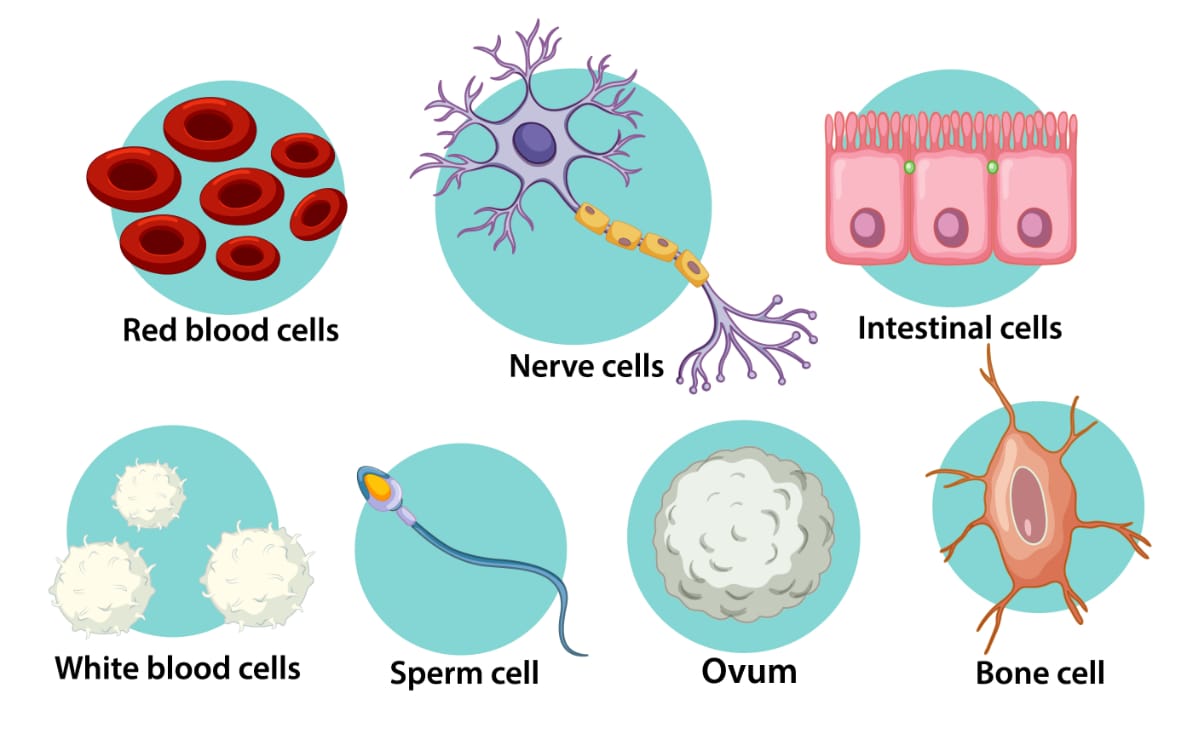
Historical Background of Stem Cell Research
The roots of stem cell research date back to the mid-19th century, when scientists discovered that these cells could generate other cells. German biologists first coined the term “stem cell” in the late 19th century. Over the centuries, this scientific field has evolved, contributing significantly to our understanding of cellular biology and disease mechanisms.
The Importance and Potential of Stem Cell Research in Modern Medicine
Stem cell research holds immense potential in modern medicine. From treating chronic diseases like diabetes to regenerating damaged tissues, it is a beacon of hope for many. This research is also crucial in understanding how diseases occur, paving the way for potential preventative measures. The National Institutes of Health further illustrates the importance and potential of this field.
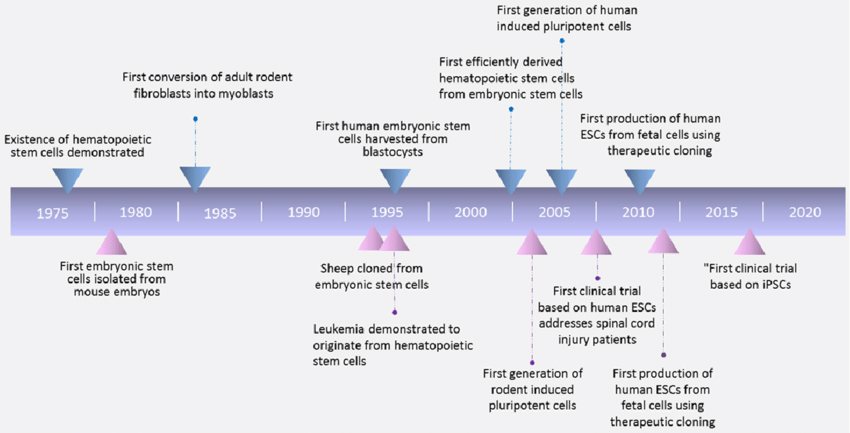
Types of Stem Cells
Stem cells, the foundational cells for every organ in the body, are categorized into three main types: embryonic stem cells, adult stem cells, and induced pluripotent stem cells (iPSCs).
Embryonic Stem Cells
Embryonic stem cells, derived from three- to five-day-old embryos, are pluripotent – capable of dividing into more stem cells or becoming any cell type in the body. This allows them to be potentially used in regenerative medicine.
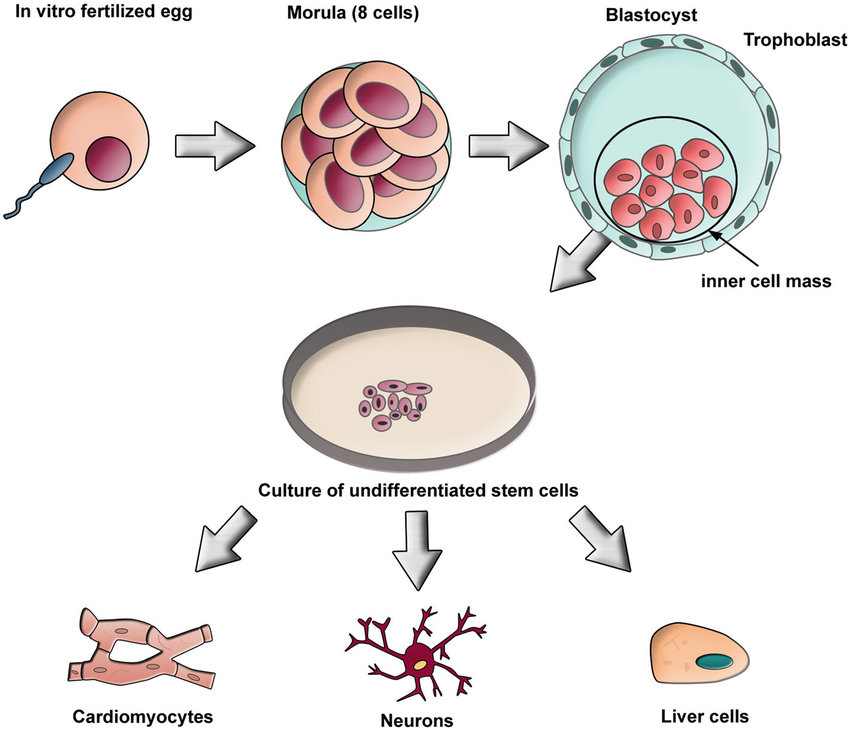
Adult Stem Cells
Adult stem cells, also known as somatic stem cells, are present in adult tissues. Their primary role is repairing and maintaining the tissue in which they are found. They are multipotent, meaning they can produce several cell types, but not all.
Induced Pluripotent Stem Cells (iPSCs)
Scientists have recently developed iPSCs, which are adult cells genetically reprogrammed to function like embryonic stem cells. This breakthrough has opened up new possibilities in the field of regenerative medicine.

Comparing and Contrasting the Different Types of Stem Cells
These stem cell types differ in their potency, source, and possible applications. Embryonic stem cells are pluripotent and offer broad utility, but their use raises ethical issues. Adult stem cells bypass these concerns but have limited potency. iPSCs, on the other hand, combine the benefits of both, but the reprogramming process is complex and requires further research.
The Unique Properties of Stem Cells
Stem cells are at the crux of the body’s ability to renew and repair its tissues. Unlike other cells, they possess two distinct characteristics: self-renewing ability and differentiation potential. This means they can replicate indefinitely while maintaining their undifferentiated state, and under certain physiological or experimental conditions, they can be induced to become cells with special functions, such as heart or brain cells.

How Stem Cells Self-renew and Differentiate
Stem cells undergo a process known as cell division to self-renew. During this process, they divide into two cells: one identical to the parent cell (a stem cell) and another, a differentiated cell. The exact mechanisms governing this delicate balance of self-renewal and differentiation remain a topic of ongoing research.
The Role of Stem Cells in Human Development and Tissue Regeneration
Stem cells play a vital role in human development. The very first cells formed after fertilization are stem cells, which then differentiate into all the diverse cells that form a human being. In tissue regeneration, stem cells act as a repair system, replenishing specialized cells and maintaining the normal turnover of blood, skin, and intestinal tissues. Understanding stem cells and their potential applications could revolutionize medicine, paving the way for advanced treatments for diseases and injuries.
Stem Cell Research: Techniques and Progress
Stem cell research is a rapidly evolving field that leverages advanced scientific techniques. Among the methods used are somatic cell nuclear transfer, the creation of induced pluripotent stem cells (iPSCs), and the use of embryonic stem cells (ESCs). These techniques enable scientists to manipulate cells to treat diseases and understand human development.

Stem cell research has accomplished several significant milestones. The creation of iPSCs in 2006 was a breakthrough, allowing adult cells to be reprogrammed to an embryonic-like state. This breakthrough was followed by the successful growth of organoids from stem cells, which could revolutionize drug testing and organ transplantation.
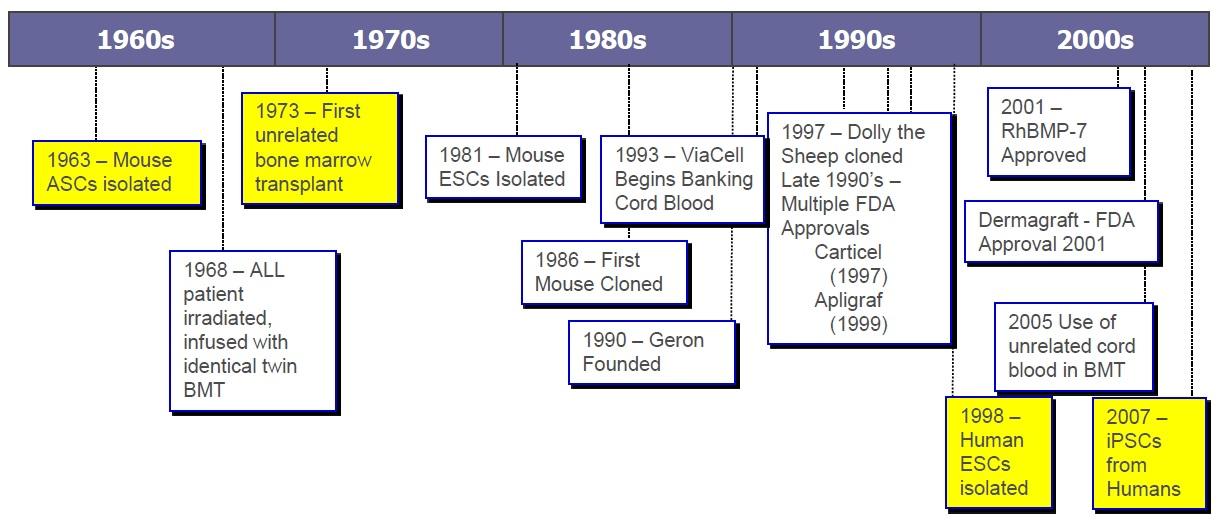
Current and ongoing research projects focus on stem cell therapies for conditions like multiple sclerosis and Parkinson’s disease. Researchers are also exploring the possibility of creating human organs in the lab for transplantation.
Recommendations for Further Reading and Viewing
To better understand stem cell research, you may want to explore the following resources:
- Stem Cell Basics from the National Institutes of Health.
- EuroStemCell, a European stem cell research portal.
- International Society for Stem Cell Research for the latest research news and ethical guidelines.
The Controversy Surrounding Embryonic Stem Cell Research
Embryonic stem cell research, while promising for its potential to revolutionize medicine, has sparked controversy over the years. The main ethical issue arises from deriving these cells involves the destruction of an embryo, leading to debates on the embryo’s moral status.
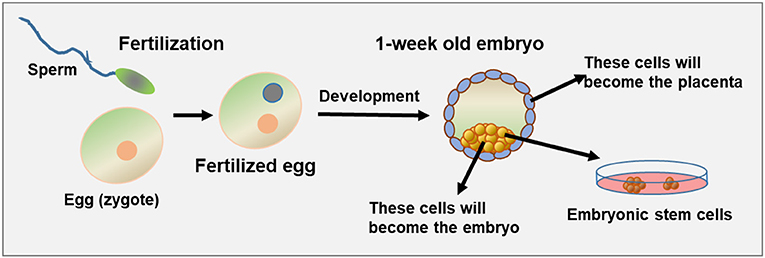
Legal Restrictions and Guidelines on Stem Cell Research Worldwide
Stem cell research is governed by a myriad of laws and guidelines worldwide. These regulations range from total prohibition to permissive policies. For instance, Germany has stringent restrictions, whereas the UK allows research under carefully regulated conditions. The United States falls somewhere in the middle, with regulations varying state by state.
The Role of Ethics in Stem Cell Research
While legal restrictions provide a framework, ethical considerations are integral to stem cell research. Ethically, the question concerns weighing the potential benefits against the moral cost. Experts in bioethics call for a balance between the desire to alleviate human suffering through medical advances and respect for life at all stages of development.
The Therapeutic Potential of Stem Cells
Stem cells have shown great promise in regenerative medicine. These unique cells can transform into any cell type, making them invaluable in repairing damaged tissues and organs. For instance, stem cells can be directed to become new heart muscle cells in treating heart disease, effectively replacing the damaged ones and restoring function.
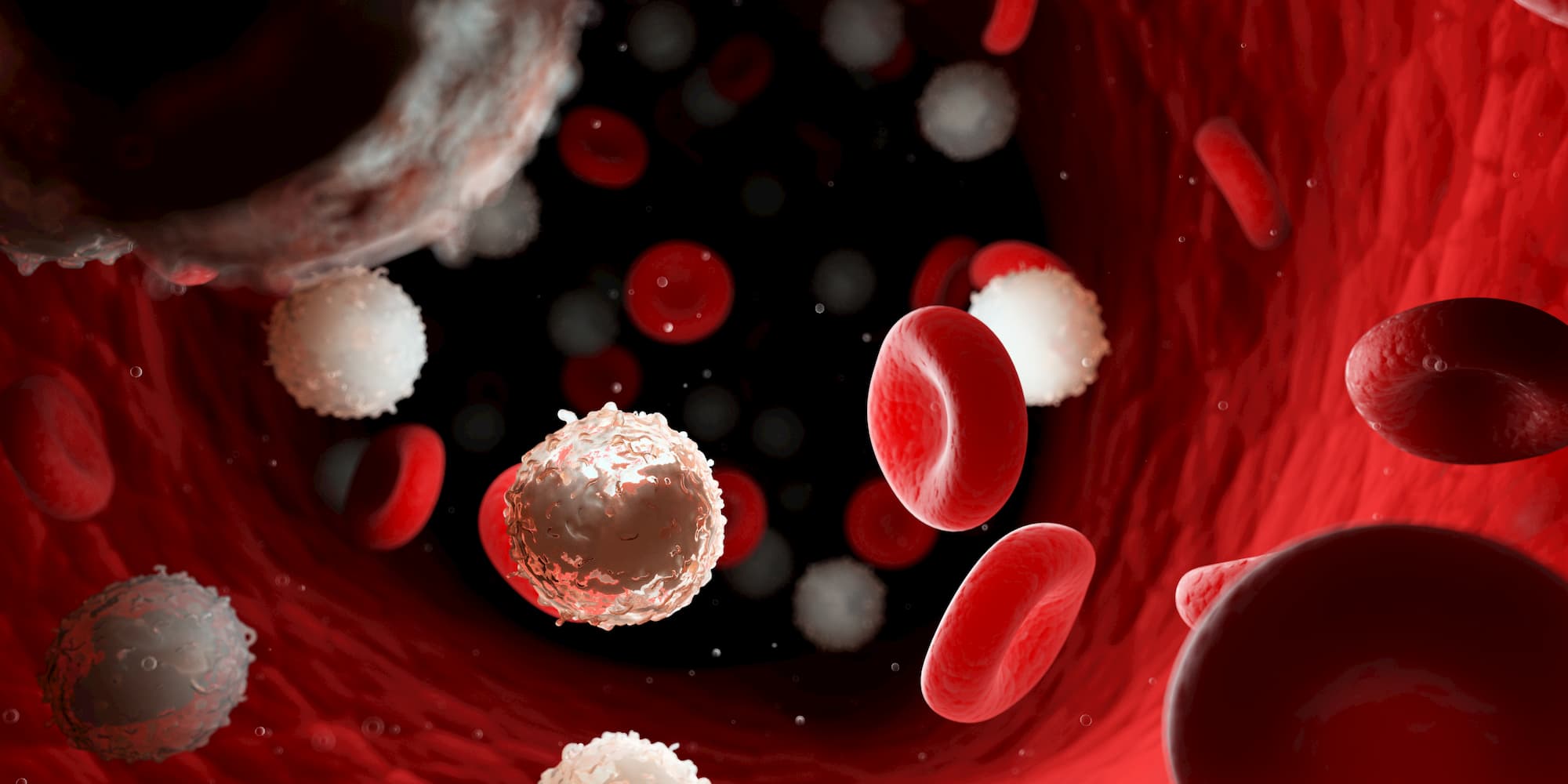
Unlocking New Treatments for Diseases and Injuries
Stem cells also hold huge potential in treating various diseases and injuries. From Parkinson’s disease to spinal cord injuries, stem cells offer innovative solutions to repair and regenerate affected areas. Mayo Clinic provides a more comprehensive list of diseases potentially treatable by stem cells.
Notable Success Stories of Stem Cell Therapies
- Leukemia: Stem cell transplants have become a standard treatment for this disease. American Cancer Society provides more information on this.
- Blindness: Stem cells have been used to restore vision in patients with age-related macular degeneration. Nature has an interesting article on this groundbreaking treatment.

Potential Risks and Side Effects of Stem Cell Therapy
Stem cell therapy, though revolutionary, can come with potential risks and side effects. These can range from minor, such as reactions at the injection site, to serious risks like tumor growth (source). As stem cells are programmed to divide and differentiate, improper handling or genetic mutation can lead to unchecked cell division, potentially causing malignancies.

Challenges in Developing Safe and Effective Stem Cell Therapies
Developing safe and effective stem cell therapies is a significant challenge. It’s a complex process with many factors to consider, including the source of stem cells, the method of delivery, and the individual patient’s health condition. In addition, achieving consistent results across different patients and conditions remains a significant hurdle (Challenges in Developing Safe and Effective Stem Cell Therapies).
The Need for Further Research and Clinical Trials
While stem cell therapy holds immense potential, further research and clinical trials are necessary to validate safety and efficacy. Many treatments available today are experimental, and more rigorous testing is needed to ensure they are safe and effective (The Need for Further Research and Clinical Trials). As science progresses, it is crucial to watch the development and use of this promising therapy carefully.
The Future of Stem Cell Research and Therapy
Stem cell research is a rapidly advancing field with immense potential to revolutionize healthcare. Scientists continue to unravel the complexities of stem cells, predicting that in the future, we may be able to treat or even cure chronic diseases such as Parkinson’s, Alzheimer’s, and diabetes.
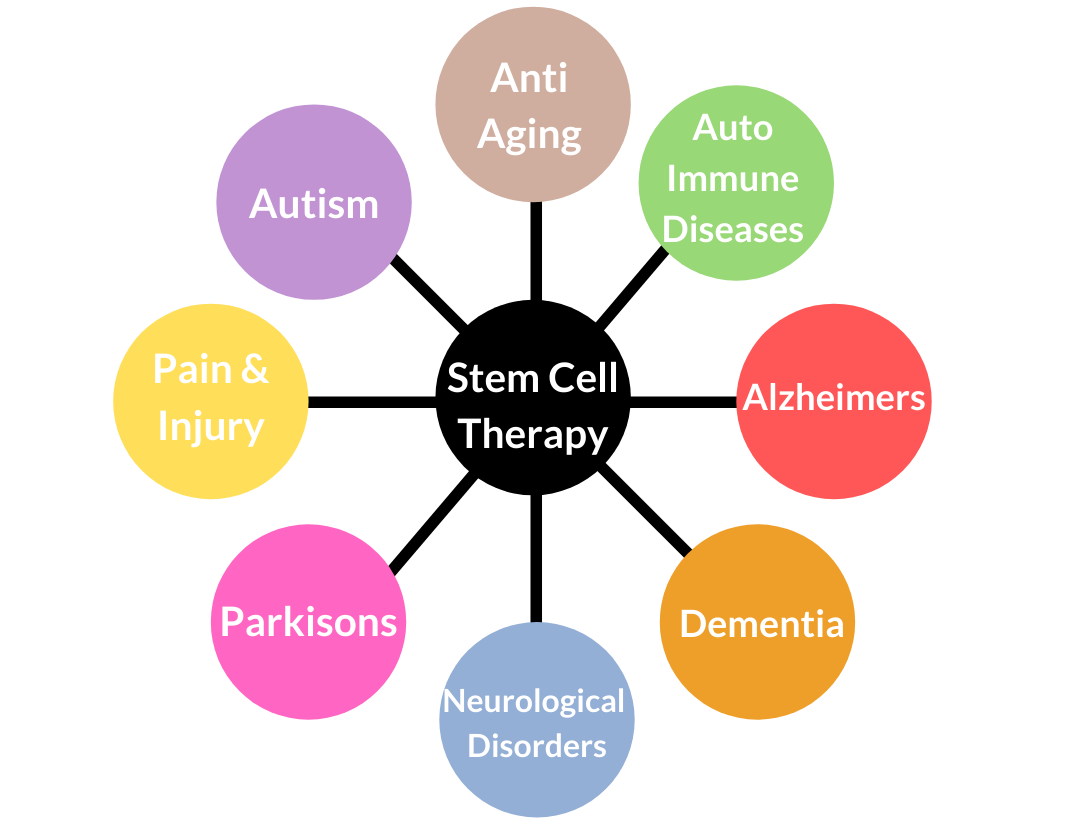
Potential Impact on Healthcare
Stem cell therapy’s potential impact on healthcare is profound. By harnessing the power of stem cells to repair, regenerate, and rejuvenate tissues, we may entirely reshape the landscape of disease treatment, moving away from symptom management toward complete disease eradication.
Revolutionizing Medicine
Stem cell research is set to revolutionize medicine. From drug development to organ transplantation, stem cells could provide solutions for some of the most intractable medical challenges we face today. [Revolutionizing Medicine with Stem Cells]
It’s an exciting time in stem cell research. As we continue to unravel the mysteries of these incredible cells, the future of medicine looks brighter than ever.
Stay tuned for the next installment of our series, “The Science of Stem Cells,” for a more in-depth exploration of this topic.
